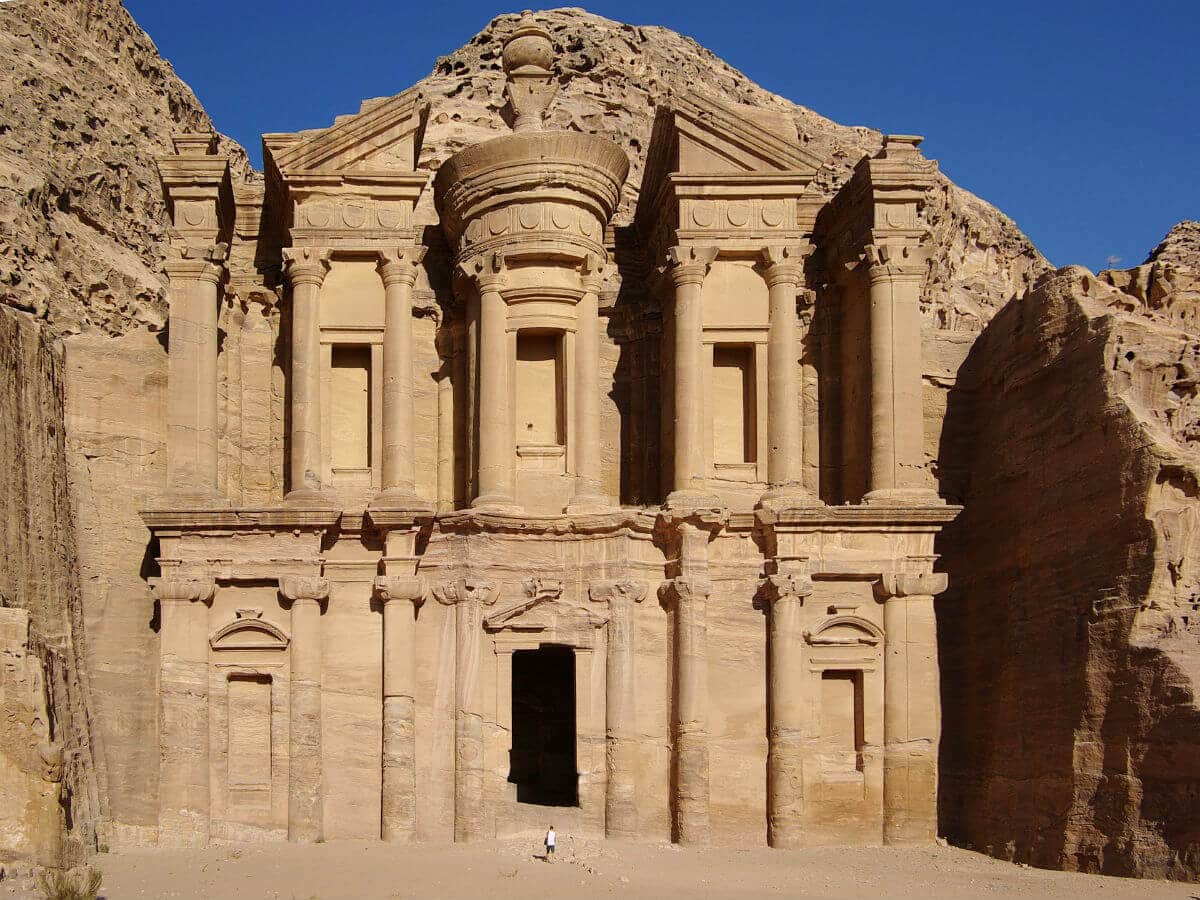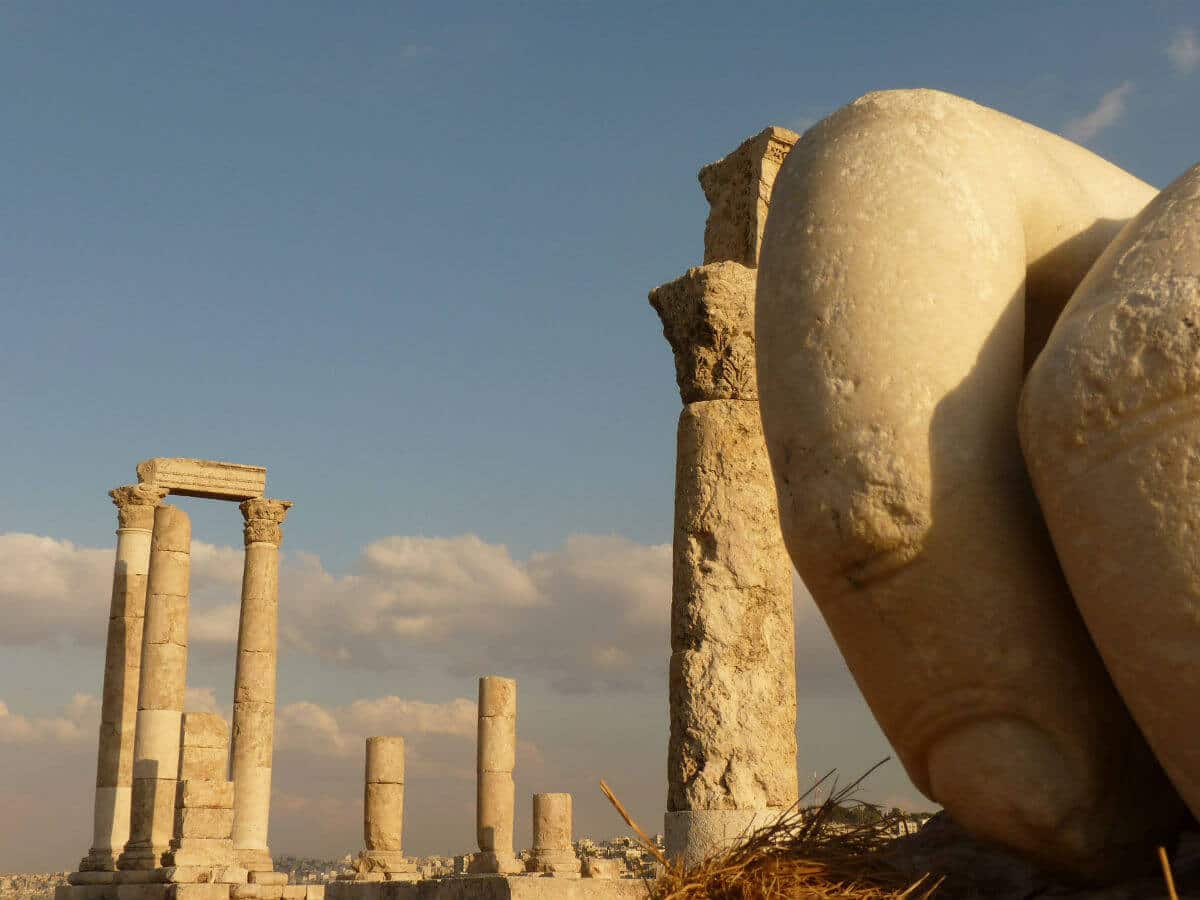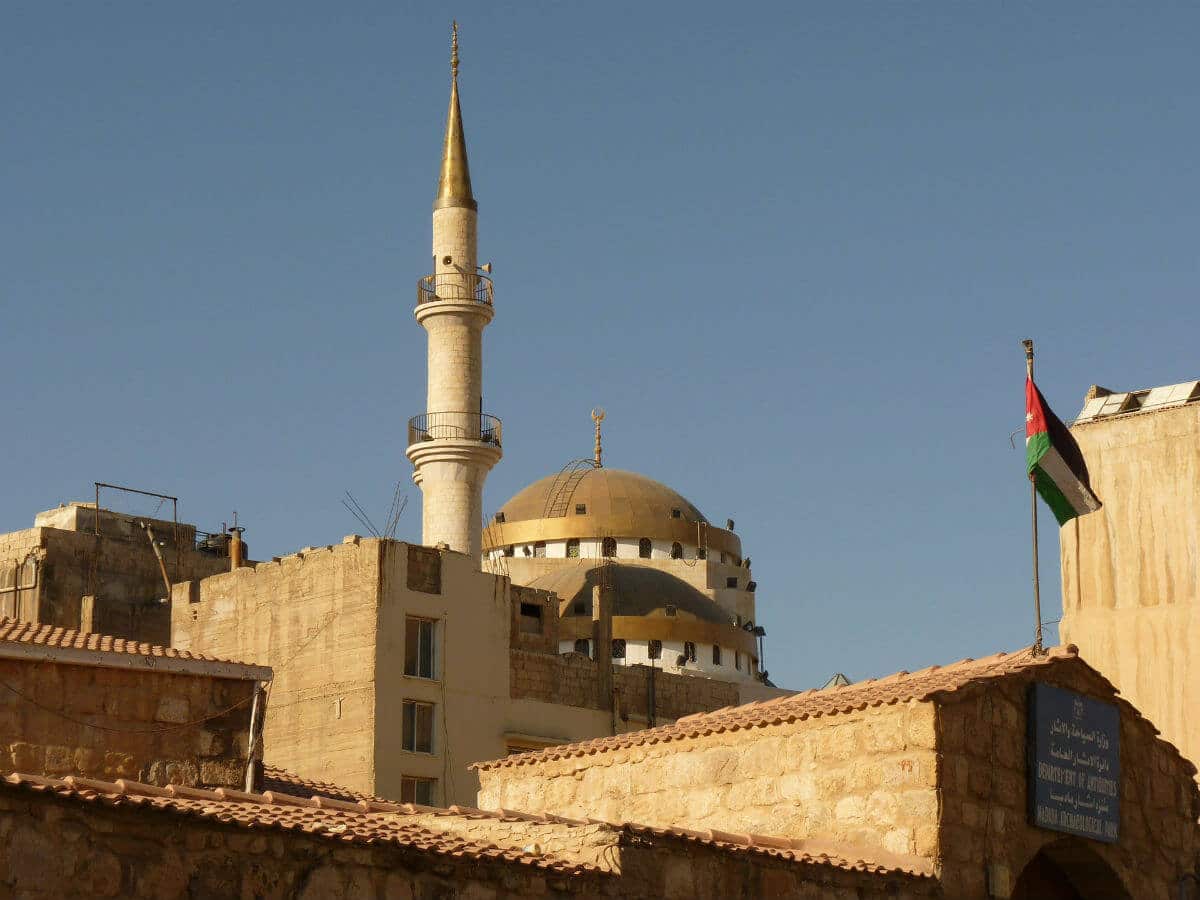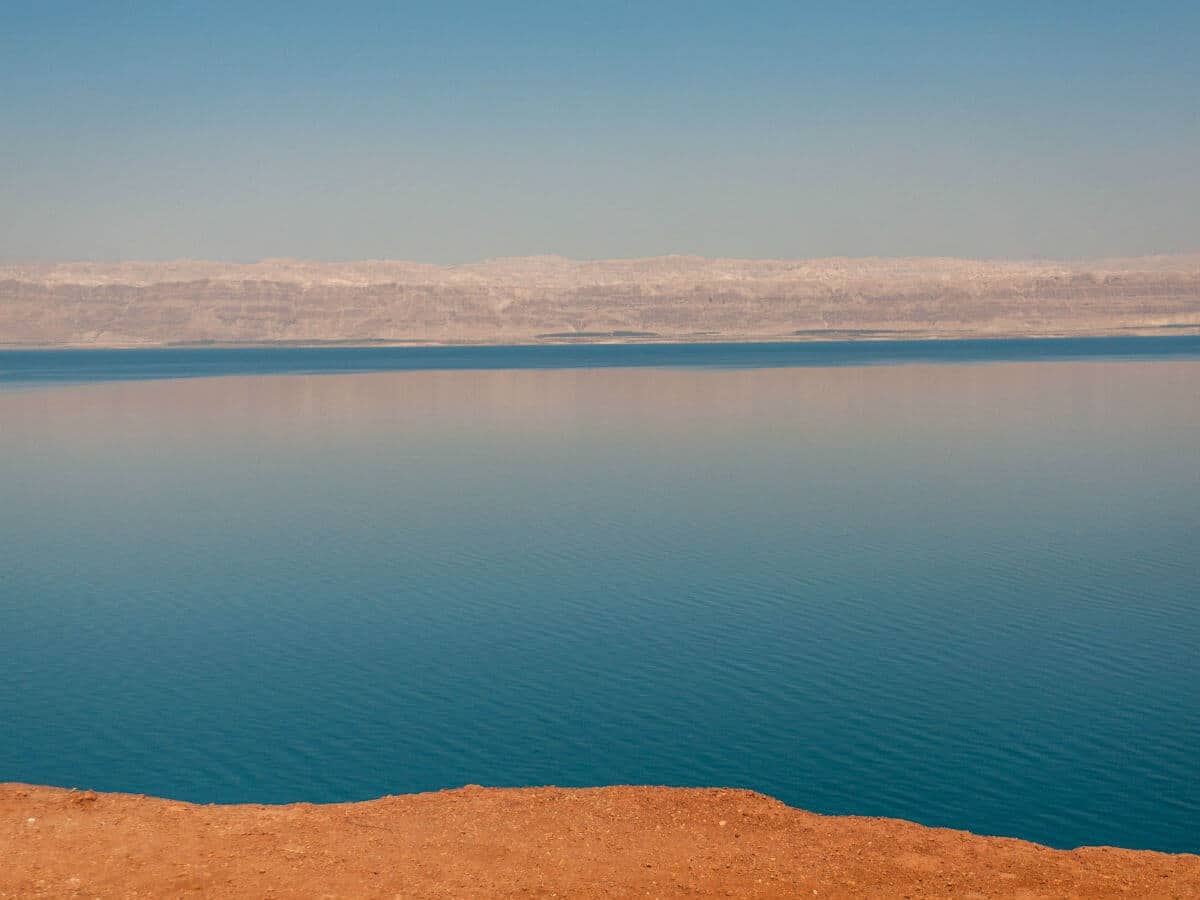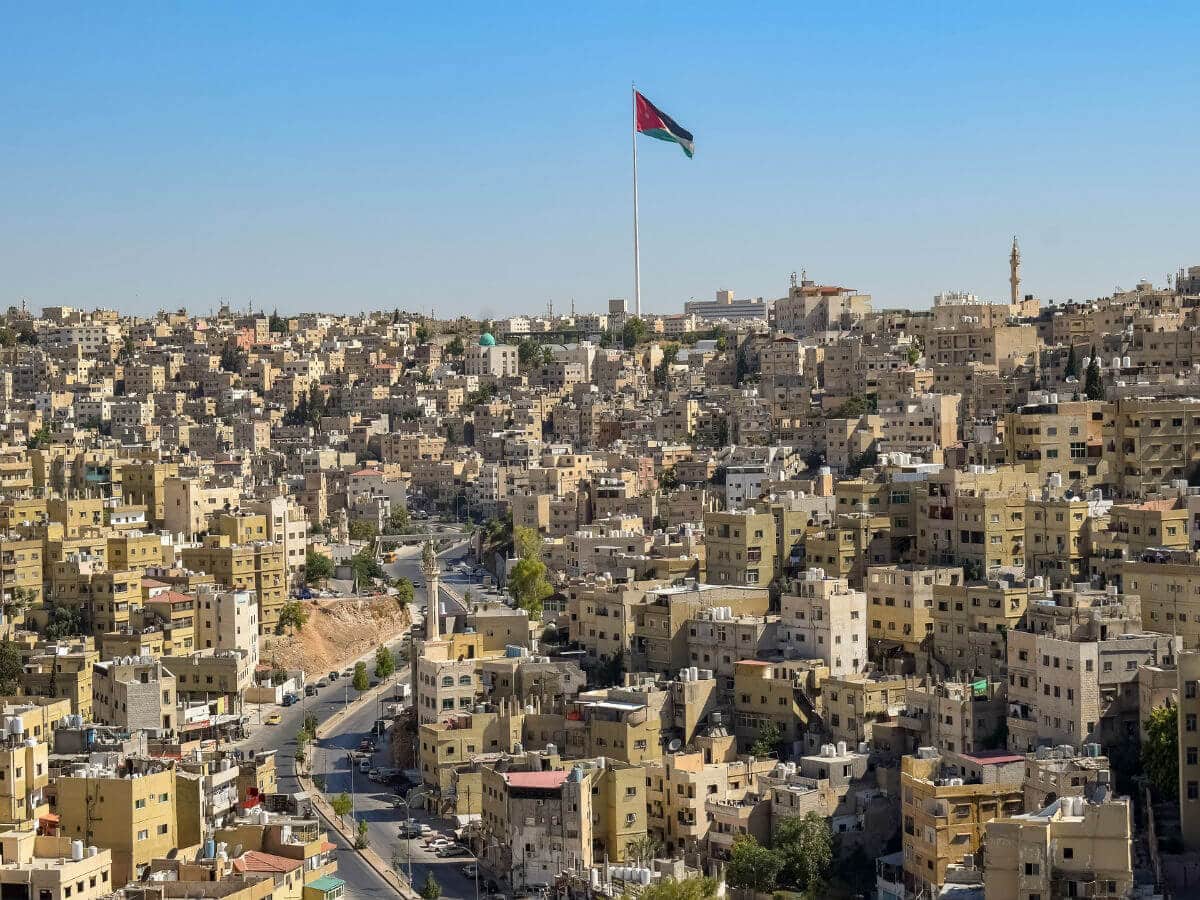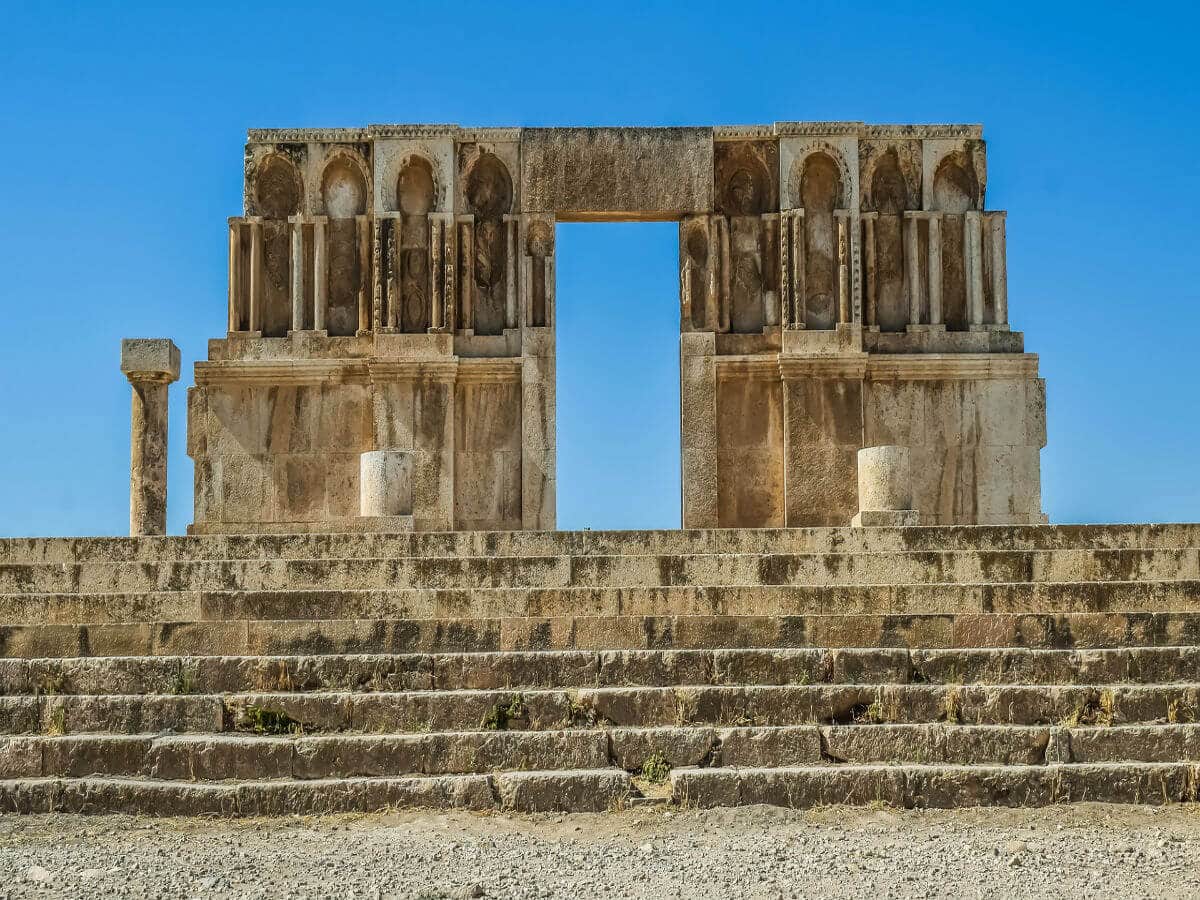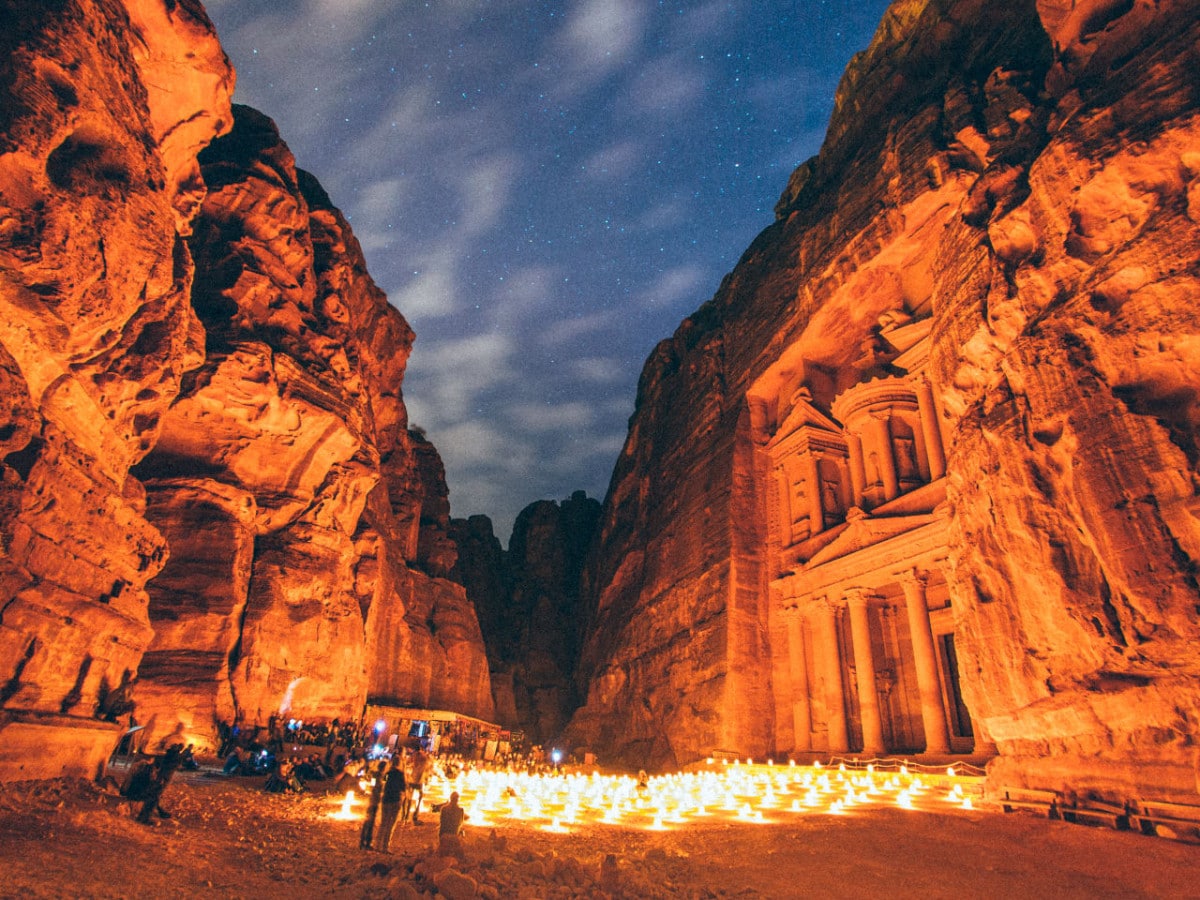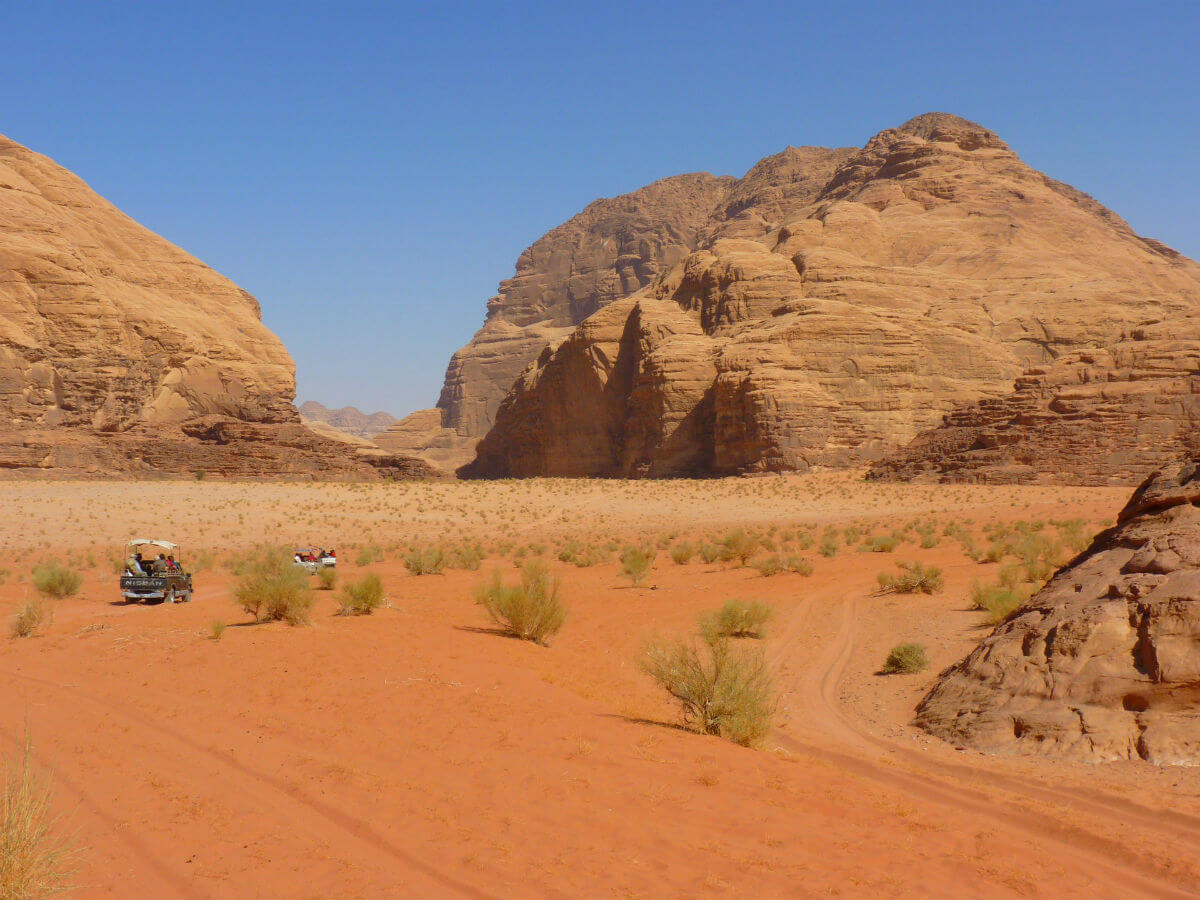Tour Packages
Jordan Tour Packages
SUPER DEAL PRICE
STARTS FROM
per person on twin sharing
ATMs are common in cities, limited in rural areas.
Credit cards are widely accepted in urban Jordan.
Finding a bank in Jordan is generally easy.
The legal drinking age in Jordan is 18.
Jordan residents are renowned for their hospitality.
Jordan - Visitors Statistics

Annually
63,53,800
Male51%
Female49%
By Purpose
Couples
For Newlywed Vacations
Family
For Family Vacations
Top Visitors from India
Delhi
Mumbai
Bengaluru
Chennai
Kolkata
Hyderabad
Ahmedabad
Pune
Jaipur
Kochi
Everything You Need to Know About Jordan
While Jordan has all the trappings of a modern country, some of its sights and sounds are as old as time. You can step into the very place where Jesus was baptised, admire the architecture from the 4th century BCE, and climb to the same mountain where God showed Moses the Promised Land. The country gets its name from the River Jordan, a water body significant to the three Abrahamic religions. Every stone and every road in Jordan has a story to tell of the holy prophets, the pilgrims, and the ancient armies. If you’d like to explore this ancient land, check out our affordable Jordan tour packages.
View All Jordan Tour Packages
Travel Tips

Visa Information
Check visa requirements before traveling, ensuring a smooth entry and compliance with destination regulations.

Health and Safety Tips
Prioritize health, stay hydrated, follow safety guidelines, and maintain personal hygiene for a secure journey.

Currency and Tipping
Familiarize with local currency, consider customary tipping practices for respectful and seamless travel experiences.
FAQs:
Book Your Dream Vacay Today!












